Caring for Creation Motivates Group to Support Dyke Marsh
From the tiny blue-fronted dancer damselfly (Argia apicalis) perched on a twig to a fledged, first-year bald eagle (Haliaeetus leucocephalus) returning to its parent-less Haul Road nest, 25 people from Good Shepherd Catholic Church’s Care for Creation group enjoyed many of nature’s delights on a June 15, 2024, walk led by three FODMers and National Park Service ranger, Daniel Brier.
 |
| Larry Meade talked to the group about birds, butterflies, dragonflies, damselflies, habitat and more. All photos by Glenda Booth |
For openers, leader Larry Meade spotted a prothonotary warbler (Protonotaria citrea) and explained that the bird’s name comes from the yellow robes once worn by Roman Catholic, papal clerks called “prothonotaries.”
Other highlights:
- Carolina wrens (Thryothorus ludovicianus) were singing their hearts out, “the loudest birds,” Meade said.
- The Zebulon skipper (Lon zabulon) butterfly zipped around like a “fighter plane,” he commented, as a cabbage white butterfly (Pieris rapae) fluttered about.
- As the group observed twining, spaghetti-like, yellow vines on the water’s edge, Meade explained that the plant is dodder (Cuscuta), a parasitic plant that gets its nutrients from its host plant.
- Two mourning doves (Zenaida macroura) were preening each other above the trail as fish crows (Corvus ossifragus) and red-wing blackbirds (Agelaius phoeniceus) called.
- The marsh vegetation was lush, with plants like narrowleaf cattails (Typha angustifolia), spatterdock (Nuphar advena) and pickerelweed (Pontederia cordata) soon reaching their summer prime.
Care for Creation member Donna Stauffer explained the group’s interest: “God created heaven and earth and all its creatures. God gave humans dominion over the Earth. We must take care of God’s creation.”
“Dyke Marsh is a splendid place,” said NPS Ranger Daniel Blier.
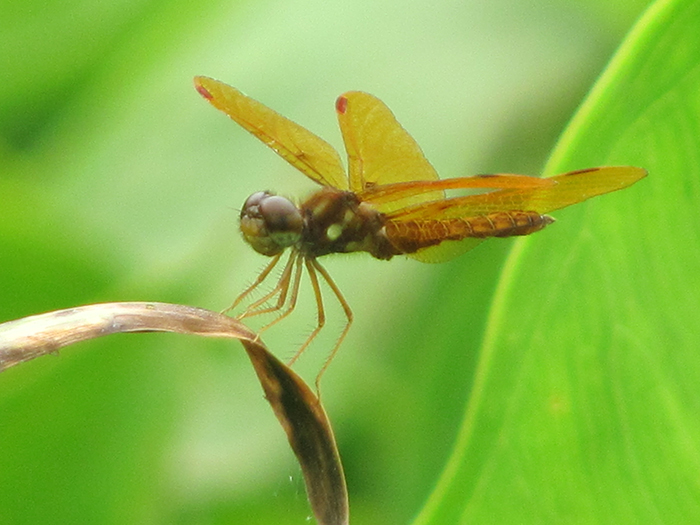 |
| The group observed a Needham’s skimmer dragonfly, a bright yellow or burnt orange dragonfly that is common in Dyke Marsh. |
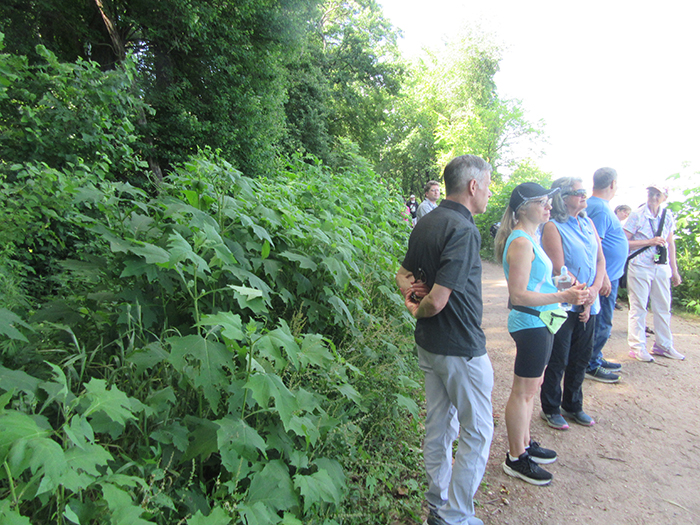 |
| Many of the native bear’s foot or leaf cup plants at the restored native plant site were six feet tall. |
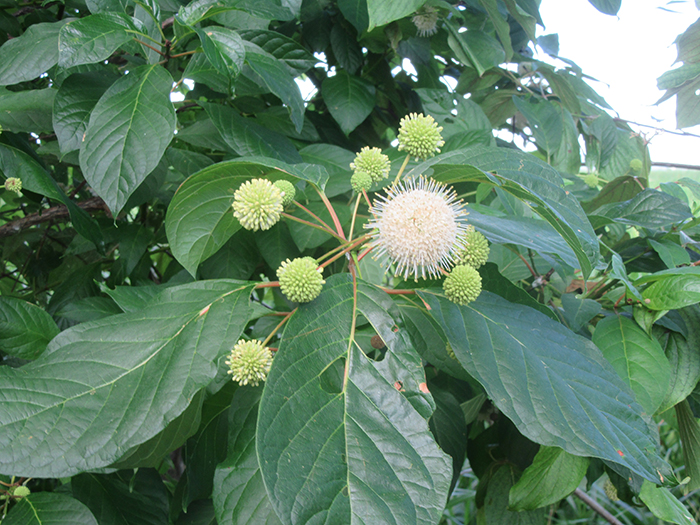 |
| The button bush plants’ blossoms were in various stages. |
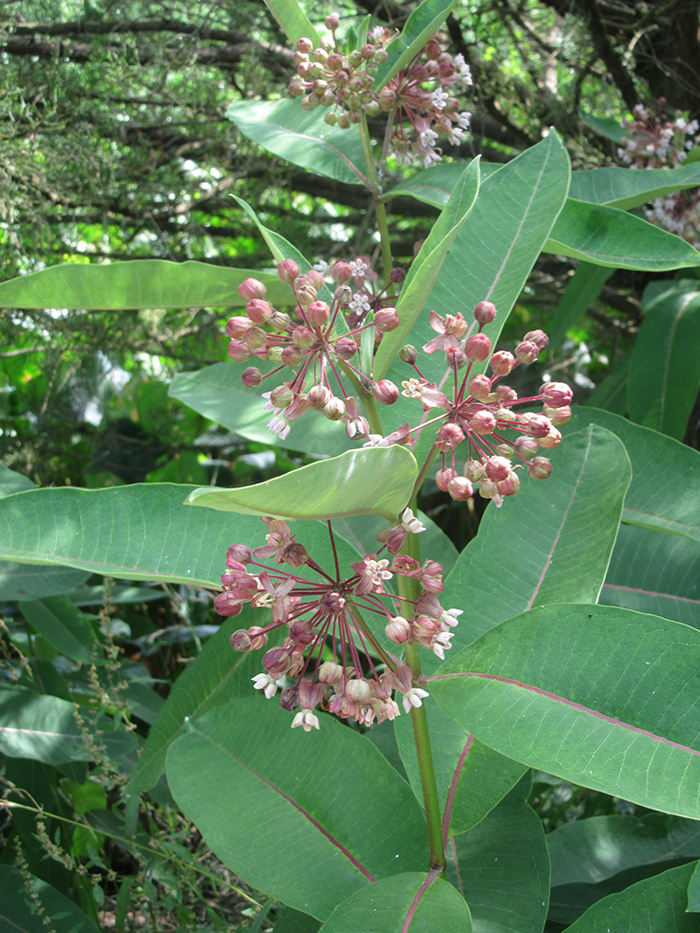 |
| Common milkweed blossoms were emerging. |
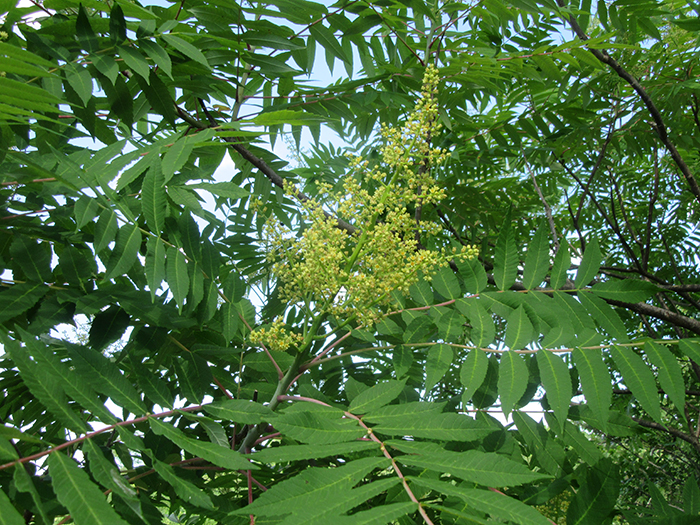 |
| Smooth sumac blossoms will turn bright red in the fall. |
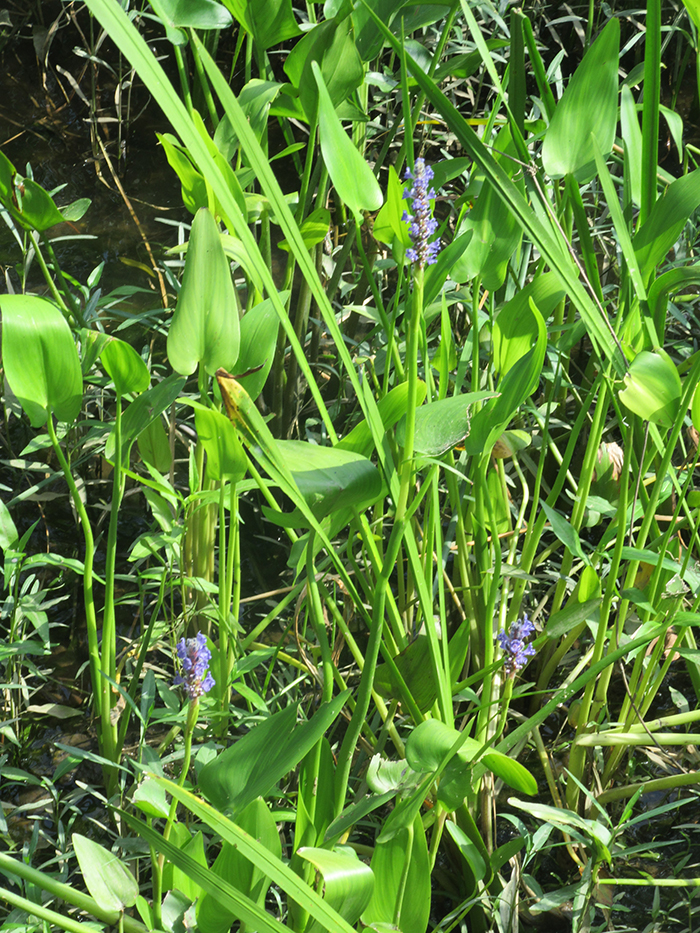 |
| Pickerelweed, a common freshwater wetland plant, has spikes of purple flowers, with more to come as summer progresses. |
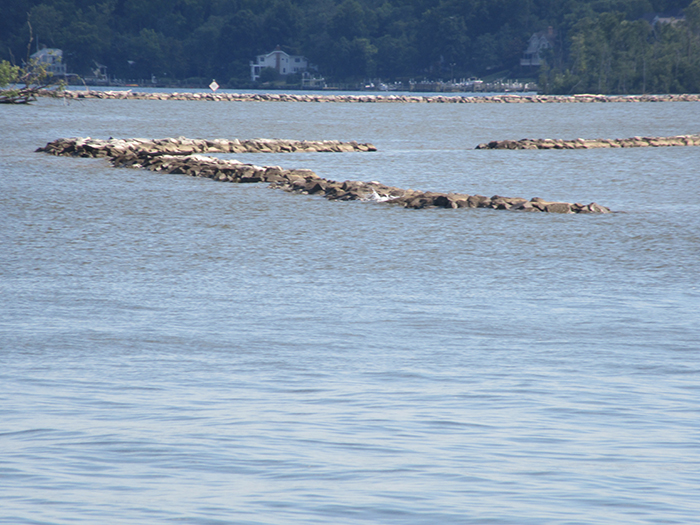 |
| The group learned that the stone sills, part of the Dyke Marsh stabilization project, are designed to help save Dyke Marsh from disappearing. |
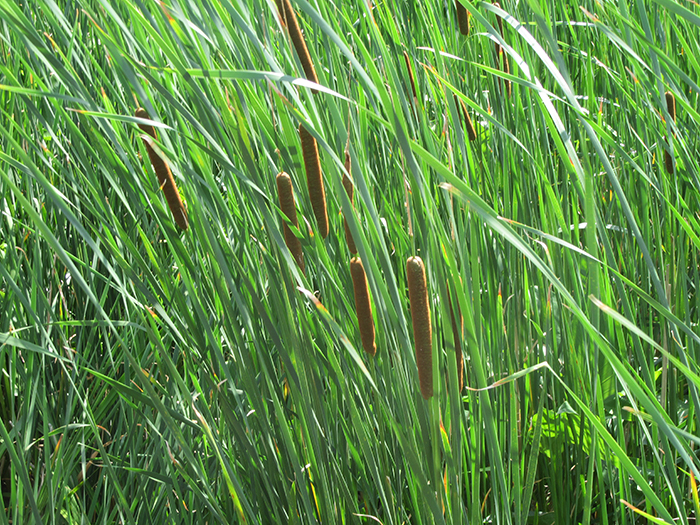 |
| The 2024 emerging cattails are beginning to sport their “hotdog” flowers. |
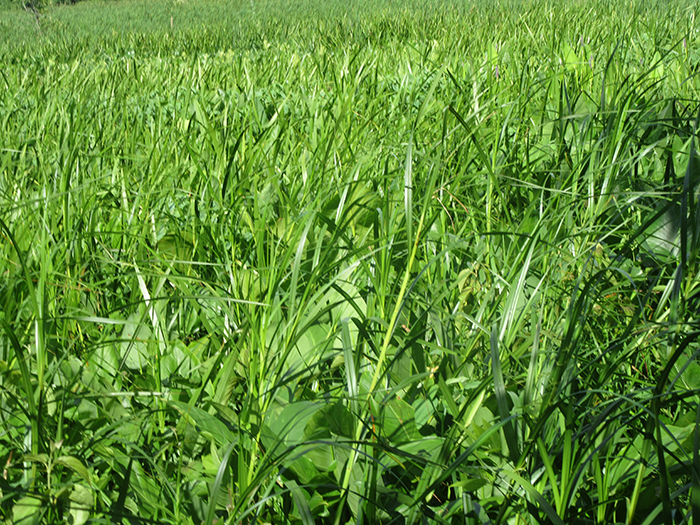 |
| Wetland vegetation is lush in the summer. |

 Friends of Dyke Marsh, Inc. is a non-profit 501(c)(3) organization.
Friends of Dyke Marsh, Inc. is a non-profit 501(c)(3) organization.